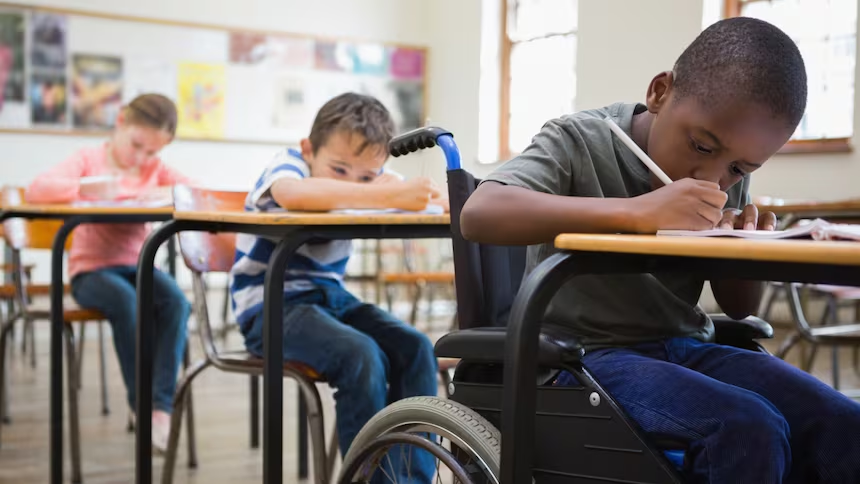
Why Every School Needs Regular Air Quality Testing — Lessons from New Brunswick’s Policy Reversal
From Canada to Europe and beyond, air quality in schools remains a pressing public-health concern. The COVID-19 pandemic exposed how poor ventilation and outdated infrastructure can amplify respiratory illness risks, disrupt learning, and reduce concentration.
One striking example came from New Brunswick, Canada, where the Department of Education briefly halted air quality testing in schools that lacked modern ventilation systems — only to reverse its decision hours later after public criticism.
“We will continue to test schools without a ventilation system until the school has one or the school is replaced,” said spokesperson Erika Jutras after the rapid policy change.
(Source: CBC News, April 4 2025)
This event illustrates a larger global issue: when testing policies are inconsistent, children and staff spend their days in environments where the air quality is unknown — and often, unsafe.
📊 What the Data Revealed
New Brunswick’s 2023–24 testing results showed 56 percent of measured schools exceeded the CO₂ threshold of 1,500 ppm, with several topping 3,000 ppm — levels well above those recommended by ASHRAE and the CDC for healthy learning conditions.
Experts like Joey Fox, HVAC engineer and chair of Ontario’s Society of Professional Engineers’ Air Quality Advisory Group, stress that testing is vital everywhere, not only in mechanically ventilated schools.
“We’re forcing our kids into these buildings all day long. They deserve to have clean air.”
🌬️ Why Testing Matters Everywhere
CO₂ monitoring is a reliable indicator of air renewal and occupant density. Excess CO₂ usually signals poor ventilation and possible buildup of volatile organic compounds (VOCs), moisture, and allergens.
Relying solely on portable filters or assuming that “new ventilation equals safe air” overlooks other IAQ threats. Even new systems must be verified, balanced, and maintained — and that requires trained personnel who understand both the science and the standards.
🎓 Training Makes the Difference
IAQCert’s global certification programs empower professionals, educators, and facility managers to detect, test, and manage air quality issues effectively:
- 🌱 Certified School Indoor Air Quality Awareness (CSIAQA)
Teaches school staff how to recognize IAQ warning signs, interpret CO₂ data, and advocate for healthier learning spaces. - 🧪 Certified Indoor Air Quality Testing Technician (CIAQTT)
Provides hands-on training with air-testing instruments, sampling techniques, and reporting standards used worldwide. - 🔧 Certified Ventilation Inspection Technician (CVIT)
Focuses on evaluating and maintaining mechanical ventilation systems to ensure they perform as designed.
Together, these programs form a comprehensive path from awareness to technical expertise, helping schools and organizations worldwide uphold reliable IAQ standards.
💡 Key Global Takeaways
- Every school, regardless of geography or infrastructure, should routinely test indoor air quality.
- CO₂ levels above 1,000 ppm signal insufficient ventilation and potential health or learning impacts.
- Portable filters are not substitutes for fresh-air exchange or mechanical inspection.
- Training and certification ensure that testing, reporting, and corrective actions meet global best practices.
🔗 Internal Links
- Certified School Indoor Air Quality Awareness (CSIAQA)
- Certified Indoor Air Quality Testing Technician (CIAQTT)
- Certified Ventilation Inspection Technician (CVIT)



